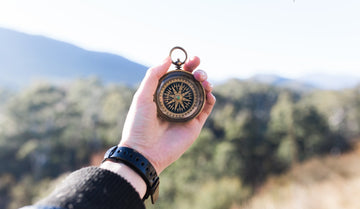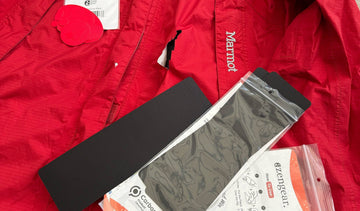The great outdoors, with its rugged landscapes and unmarked trails, beckons adventurers and nature enthusiasts alike. However, stepping into the wild demands more than just enthusiasm; it requires a fundamental skillset that can mean the difference between a memorable journey and a perilous situation. One such critical skill is navigation. Whether you're embarking on a hiking expedition, camping trip, or simply exploring uncharted territories, knowing how to find your way is paramount. In this guide, we will delve into the art of basic navigation, equipping you with essential tools and knowledge to navigate through the wilderness safely and confidently.
The Importance of Navigational Skills
Picture this: you're out in the wilderness, surrounded by nature's splendor, but a sudden realization dawns upon you – you're lost. Panic sets in, and the once-inviting landscape now seems daunting and disorienting. This scenario underscores the significance of navigational skills. Having the ability to find your way ensures not only your safety but also your peace of mind. Whether you're exploring unfamiliar trails or attempting to return to camp, navigating with precision can prevent accidents, decrease anxiety, and ultimately save lives.
Using a Compass and Reading Topographic Maps
One of the most fundamental tools in a navigator's arsenal is the compass. A compass is a small, handheld device that points towards the Earth's magnetic North Pole. Understanding how to use a compass can provide you with a reliable reference point, allowing you to maintain a sense of direction even when natural landmarks are scarce. To use a compass, hold it level and ensure the needle aligns with the North indicator. This will help you determine the cardinal directions – North, South, East, and West.
In tandem with a compass, topographic maps are invaluable resources for wilderness navigation. These maps provide a detailed representation of the terrain, including elevation changes, water bodies, and landmarks. Learning to read topographic maps enables you to anticipate upcoming challenges, such as steep ascents or descents, and make informed decisions about your route. Contour lines on the map indicate changes in elevation, helping you visualize the landscape's three-dimensional nature. By identifying recognizable features on the map and correlating them with your surroundings, you can pinpoint your location and plot a course.
Natural Navigational Cues
While modern tools like compasses and maps are indispensable, nature itself offers a plethora of cues to guide your way. The movement of the sun, for instance, provides a reliable source of direction during daylight hours. In the Northern Hemisphere, the sun rises in the East and sets in the West. By observing the sun's position in the sky, you can estimate East and West, which in turn aids in determining North and South.
Furthermore, the North Star, also known as Polaris, serves as a fixed point in the night sky. Located nearly aligned with the Earth's North Pole, the North Star remains relatively stationary while other stars appear to rotate around it. Finding the North Star can give you a reference point to determine your direction even in the absence of a compass.

Maintaining a Sense of Direction and Landmarks
A keen sense of direction is an essential aspect of navigation. Before embarking on your journey, take note of your starting point's cardinal directions – where is North, South, East, and West in relation to your position? This mental map will serve as a foundation throughout your exploration. As you progress, continue to periodically assess your surroundings and their relationship to your initial bearings.
Landmarks play a crucial role in navigation as well. These distinctive features serve as waypoints, helping you gauge your progress and retrace your steps if necessary. Landmarks can range from prominent peaks and distinctive rock formations to rivers and valleys. By cataloging these features in your memory, you create a mental trail that you can follow back to your starting point.
Conclusion
Venturing into the wild offers a chance to disconnect from the modern world and immerse yourself in nature's beauty. However, this privilege comes with the responsibility of ensuring your safety through competent navigation. Developing navigational skills, whether through compasses, topographic maps, natural cues, or a combination of these methods, empowers you to explore with confidence. By understanding the cardinal directions, recognizing landmarks, and honing your ability to read the terrain, you can prevent getting lost and transform your wilderness escapades into gratifying journeys of discovery. So, before you lace up your hiking boots and set off into the unknown, take the time to equip yourself with the basic navigation skills that will be your guiding stars, ensuring that every step you take leads you closer to the wonders of the wild.





